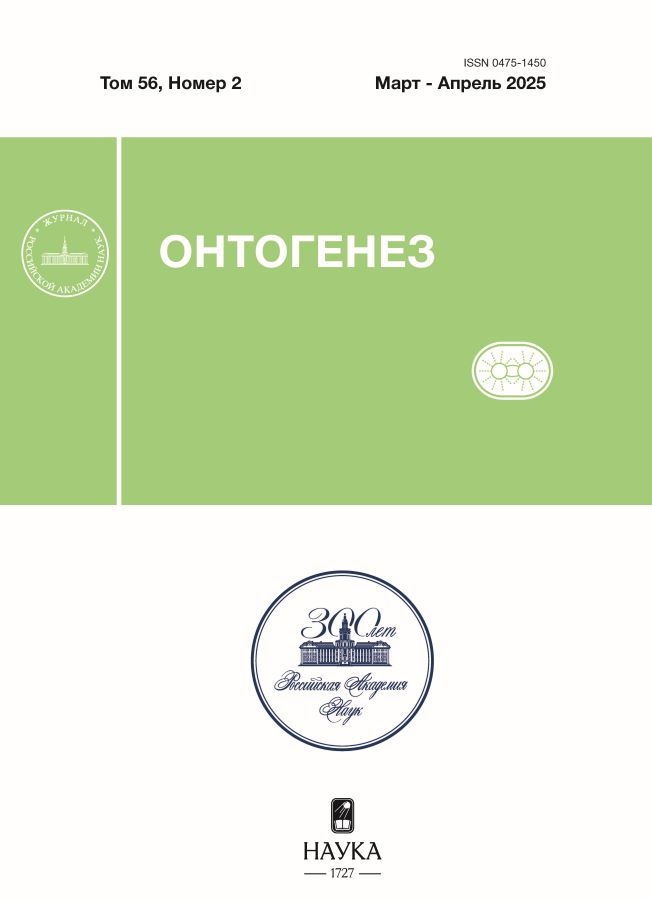Том 56, № 2 (2025)
Original study articles
YAP/TAZ signalling pathway in modelling human skin development using induced pluripotent cells
Аннотация
Directed three-dimensional differentiation of induced human pluripotent cells resulted in dermal organoids with hair follicles, keratinising epidermis and a number of other skin derivatives formation. The analysis of gene expression at different stages of dermal organoid development revealed patterns of expression dynamics and co-expression patterns of YAP/TAZ signalling pathway components both in this model of three-dimensional differentiation and in the analysis of data from the differentiation of neural stem progenitor cells in the mesenchymal direction under two-dimensional conditions. Based on these results, we hypothesise that YAP together with TEAD3 regulates the formation of multilayered epidermis and hair follicles, while TAZ is predominantly involved in mesenchyme development and TEAD2 is involved in early neural crest differentiation. The YAP/TAZ signalling cascade is involved in epithelio-mesenchyme interactions in human skin development, as activity of this cascade has been detected in both epidermis and dermis. Thus, in the course of this work, the expression and coexpression patterns of members of the YAP/TAZ signalling cascade were characterised for the first time in the modelling of human facial scalp skin morphogenesis.
 59-85
59-85


ТОЧКА ЗРЕНИЯ
Possibility of human embryo genome editing continues to be debated
Аннотация
In 2021, the International Society for Stem Cell Research (ISSCR) cancelled the famous “Rule of 14 days” that has been regulating research on human embryos. This led to the emergence of novel controversial problems in bioethics, which are related to prospects of human genome editing in embryo. Theoretically, one can treat more than ten thousand inherited diseases with the use of gene editing techniques. Practically, these techniques have already been applied for treating a number of adults’ diseases. However, therapy based on gene editing technologies did not always lead to positive effects. Moreover, one may ask, whether these techniques can be used for gene editing of human embryos and gametes so that healthy children would be born that would have hereditary diseases otherwise. In this brief communication, we consider arguments “in favour” and “against”. We conclude that risks overweigh the potential good at this stage of gene editing techniques development.
 86-92
86-92











